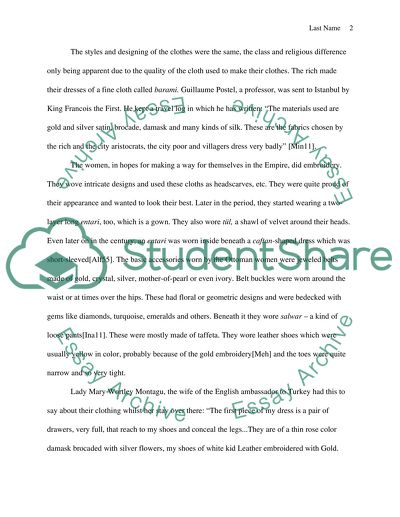Cite this document
(“What's Under the Veil - Ottoman Women Research Paper”, n.d.)
Retrieved from https://studentshare.org/history/1438753-what-s-under-the-veil-ottoman-women
Retrieved from https://studentshare.org/history/1438753-what-s-under-the-veil-ottoman-women
(What'S Under the Veil - Ottoman Women Research Paper)
https://studentshare.org/history/1438753-what-s-under-the-veil-ottoman-women.
https://studentshare.org/history/1438753-what-s-under-the-veil-ottoman-women.
“What'S Under the Veil - Ottoman Women Research Paper”, n.d. https://studentshare.org/history/1438753-what-s-under-the-veil-ottoman-women.


